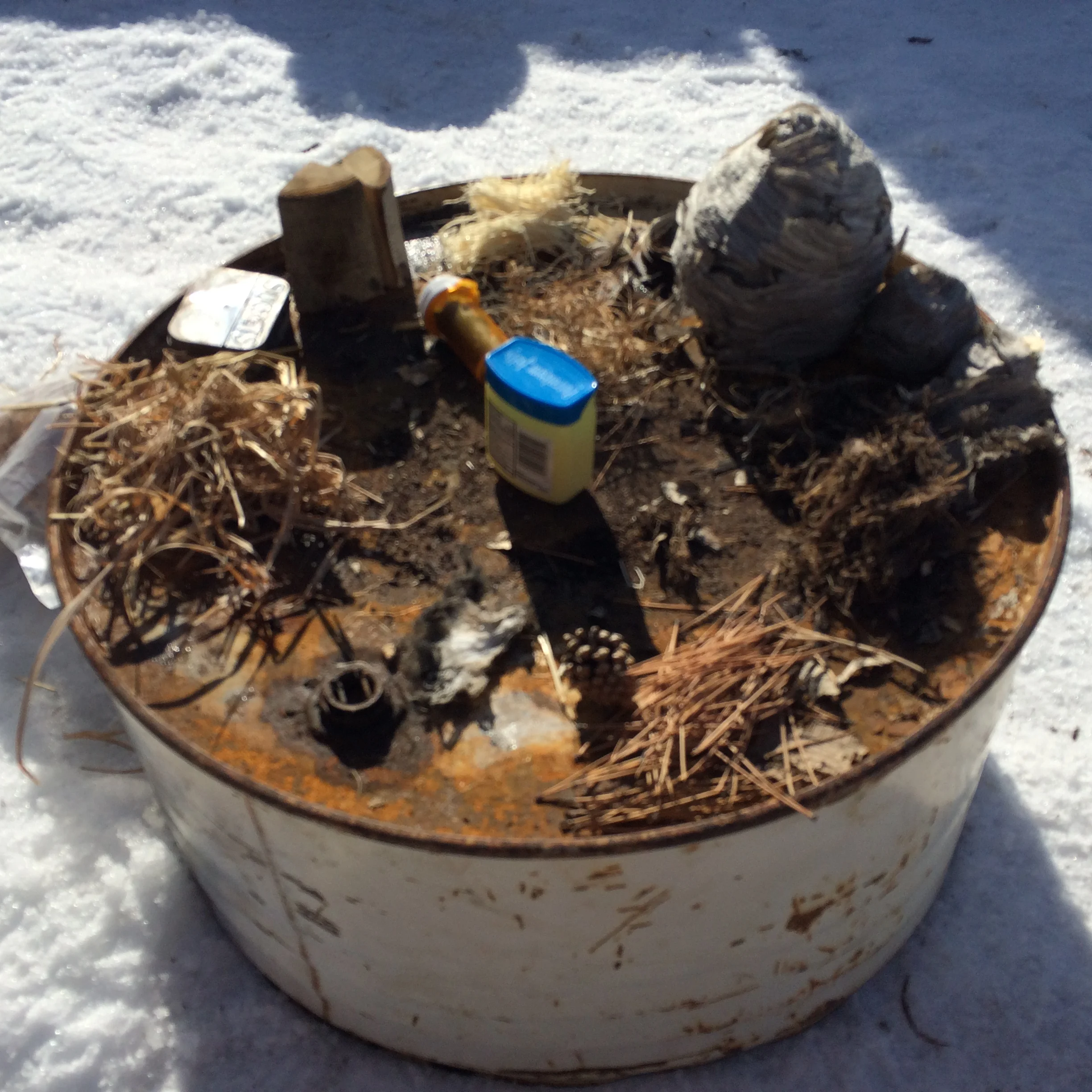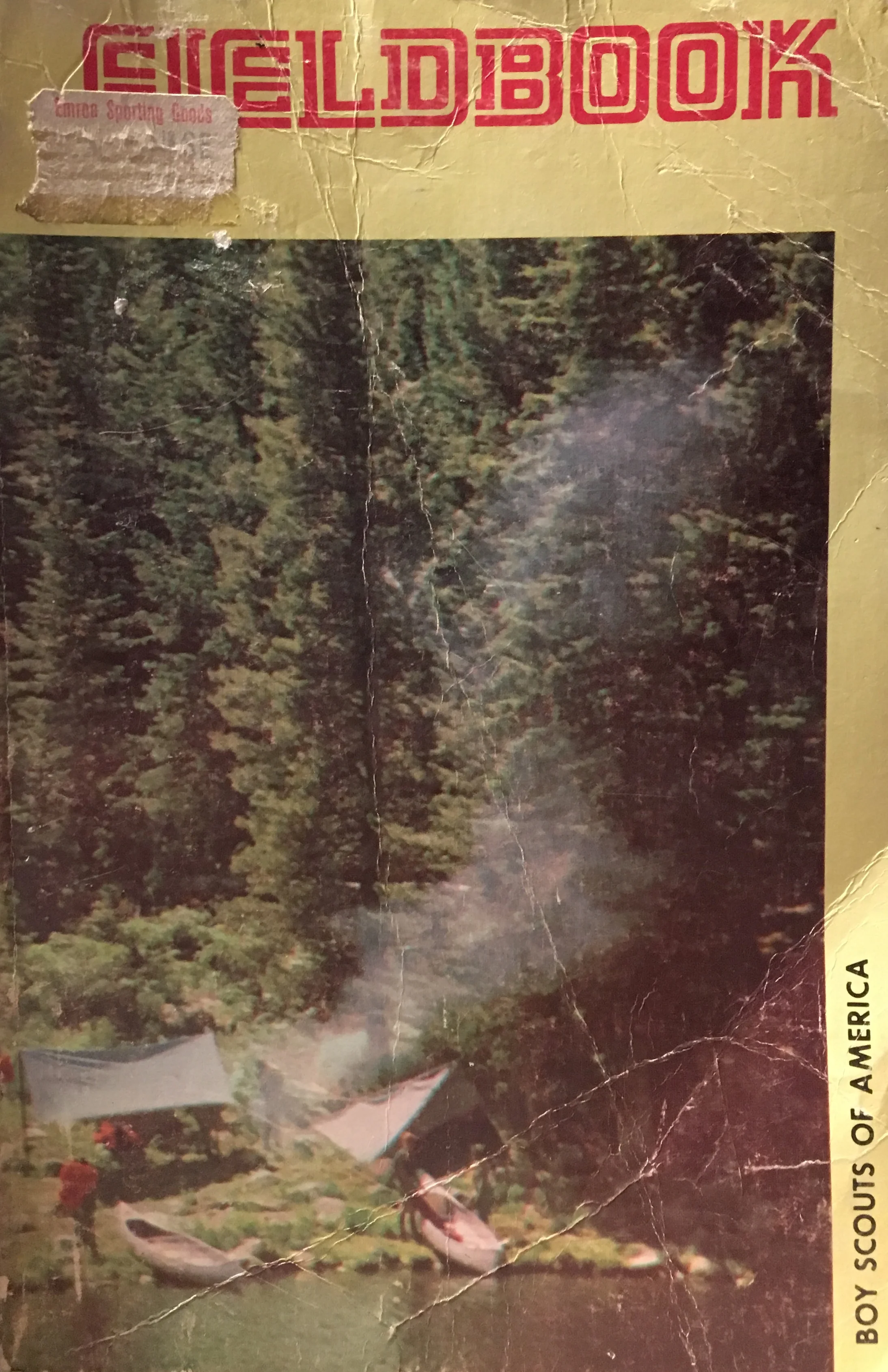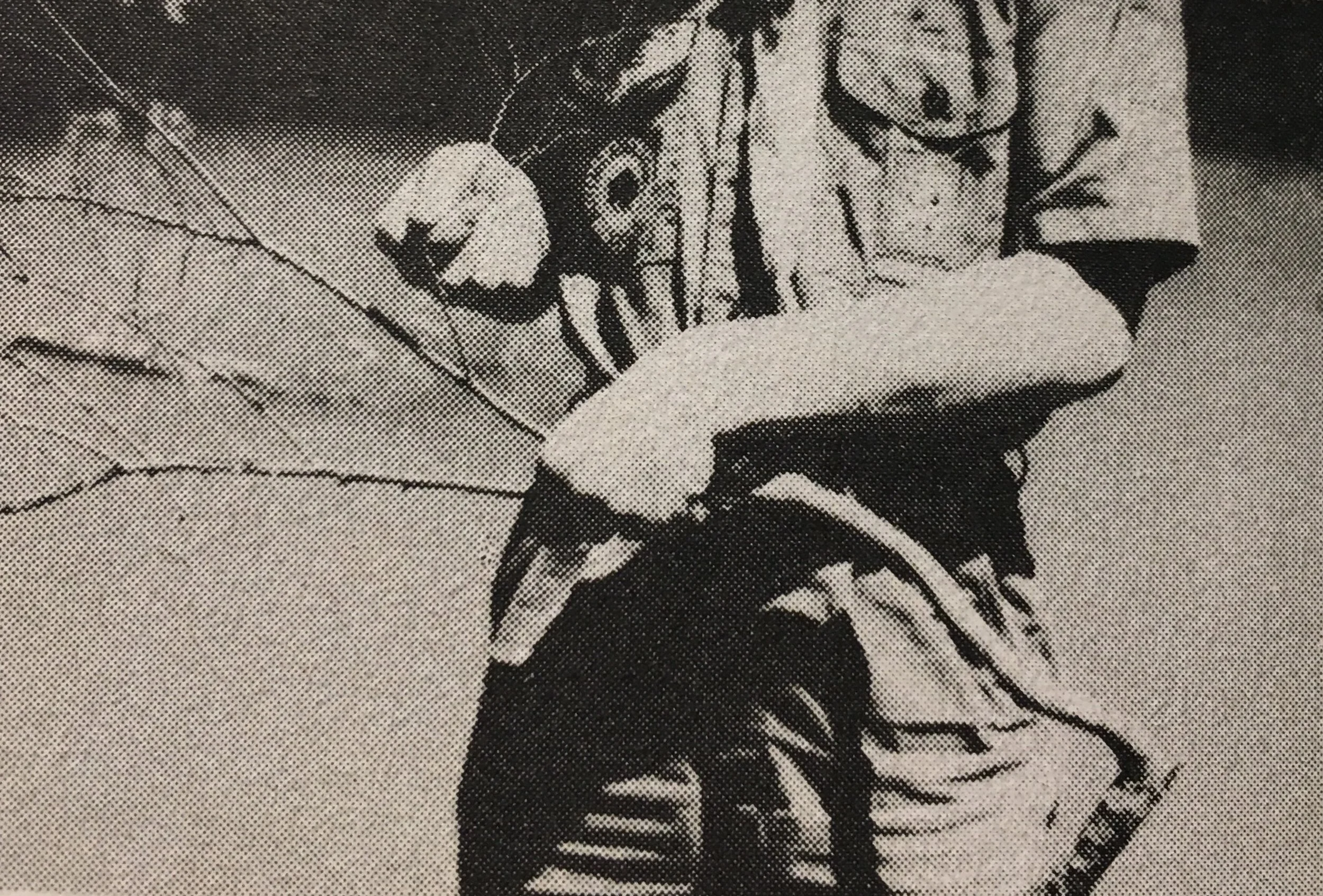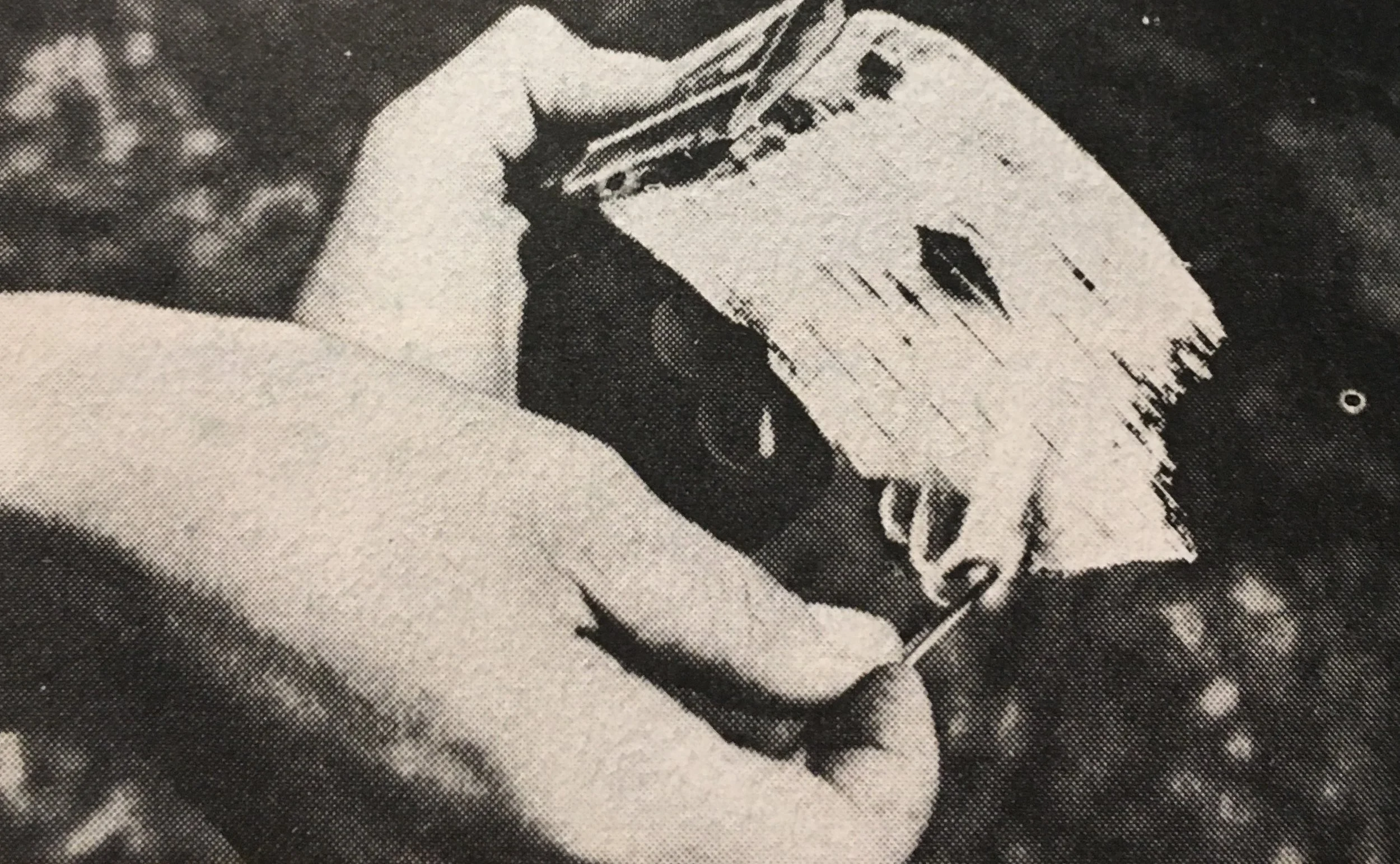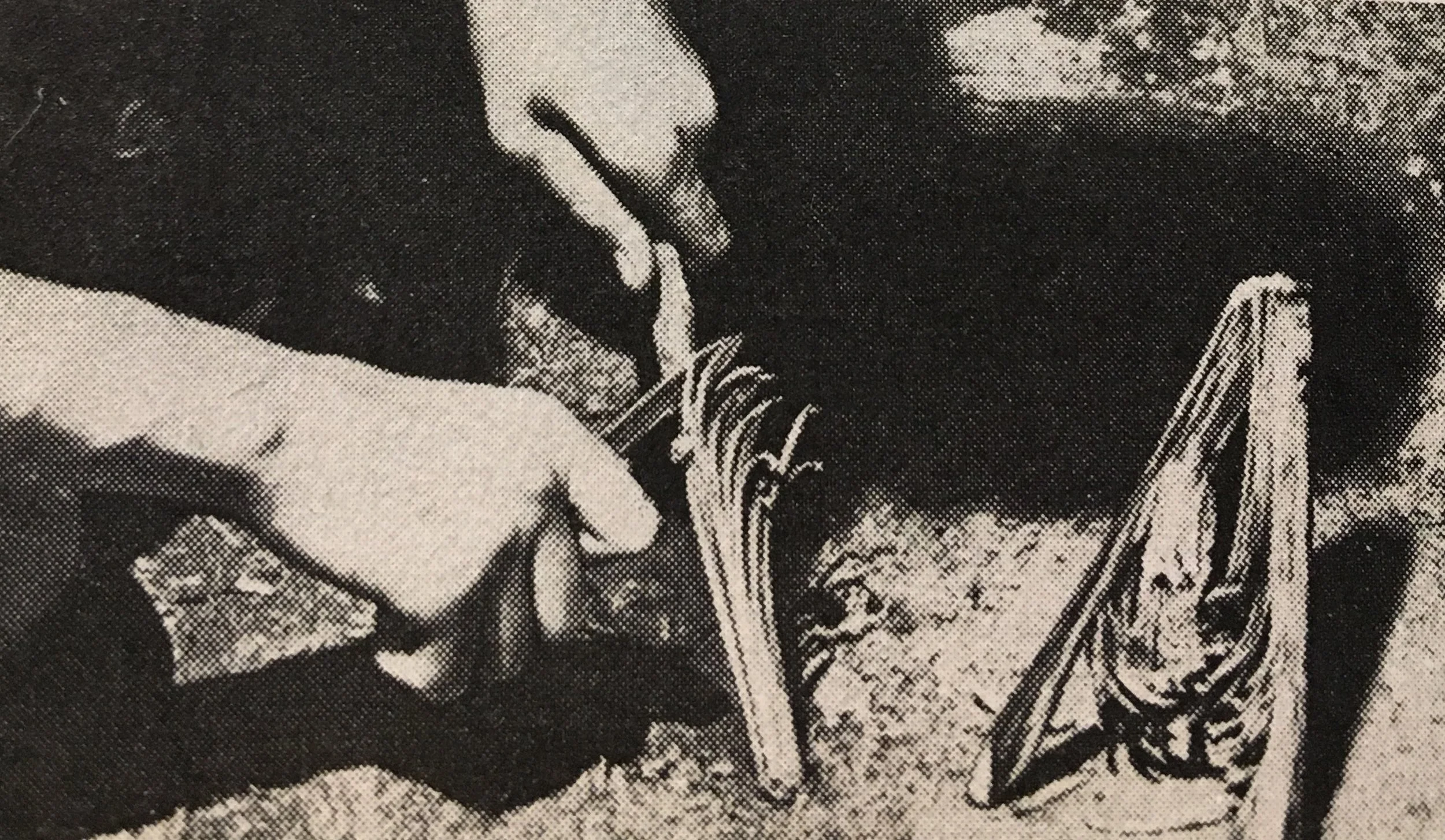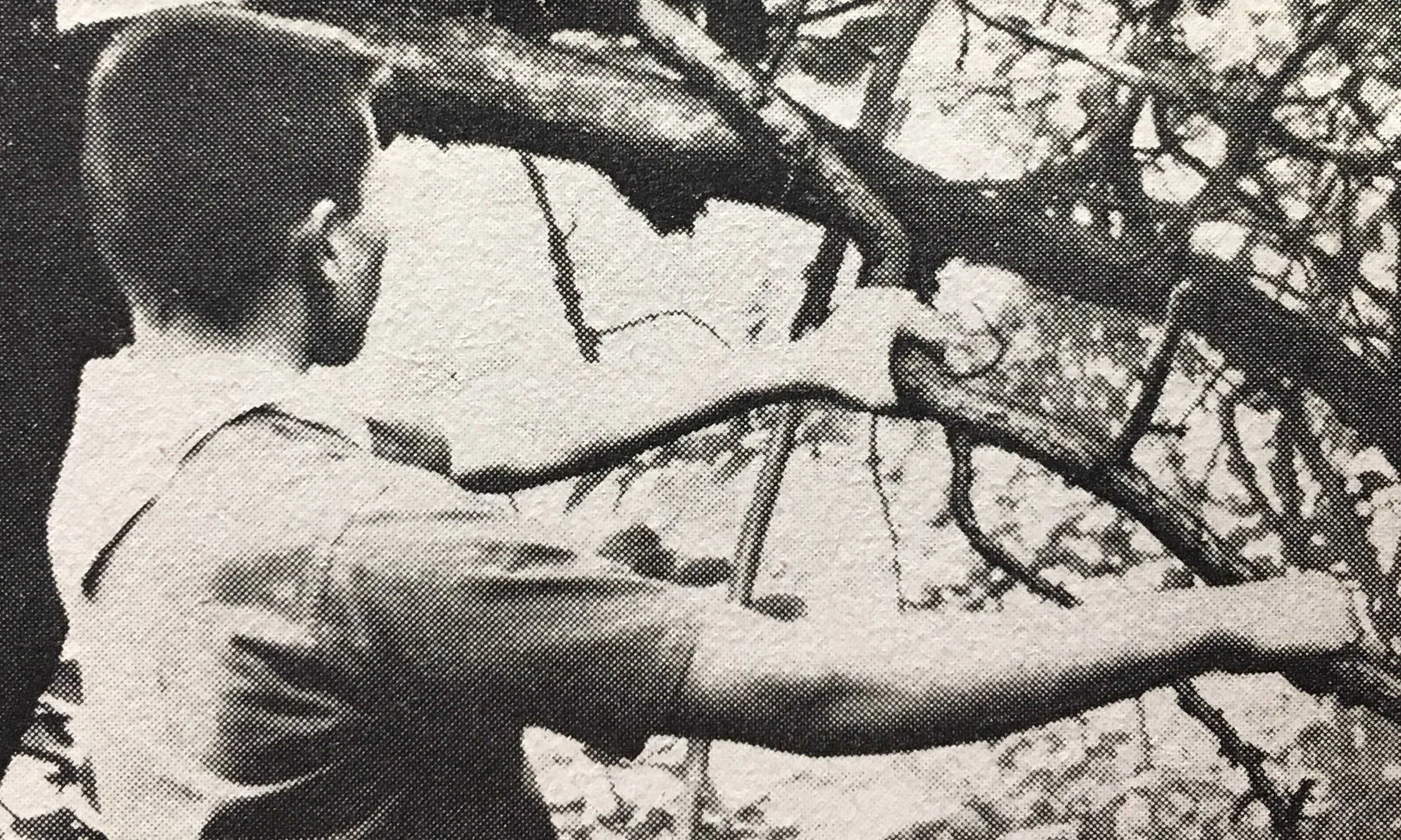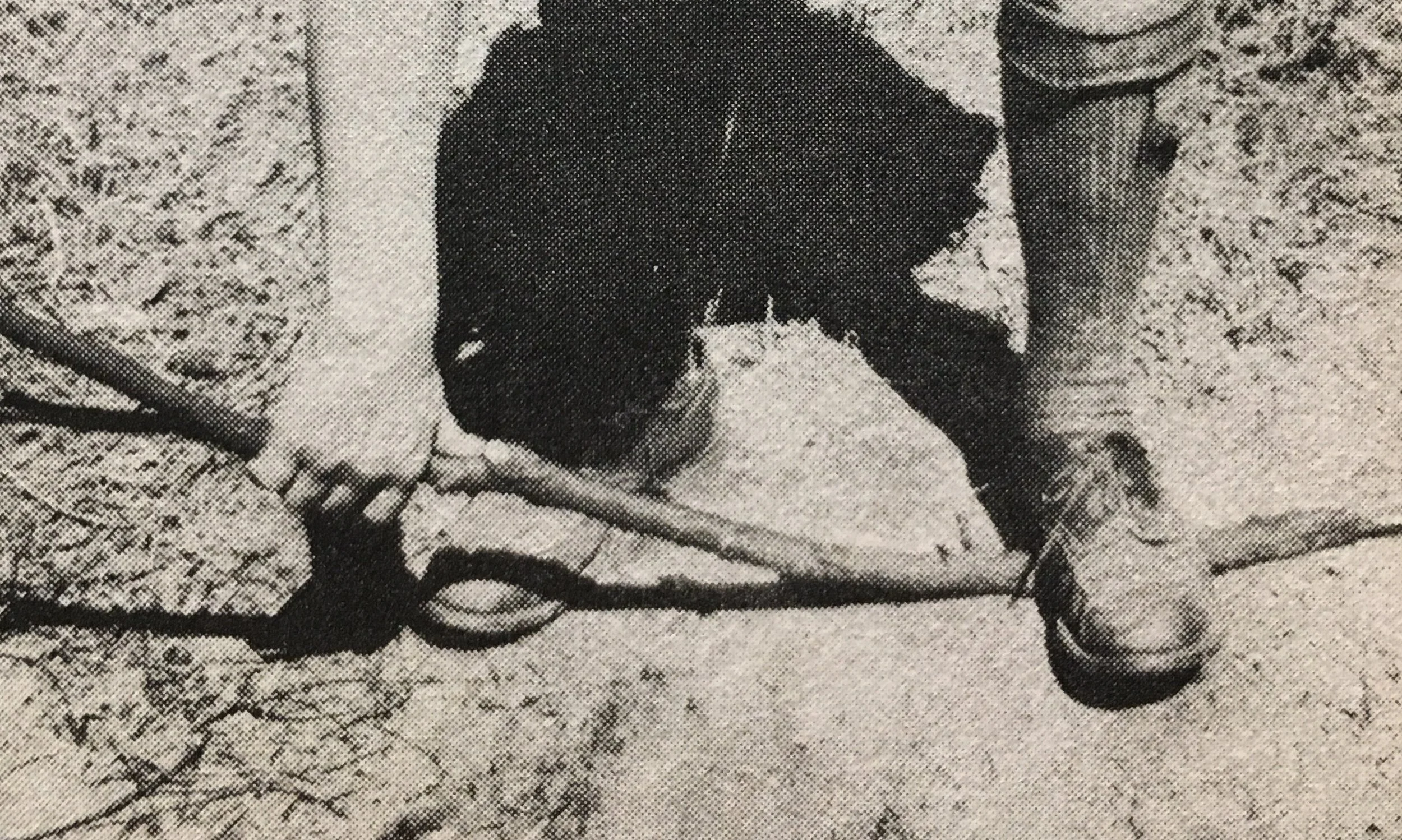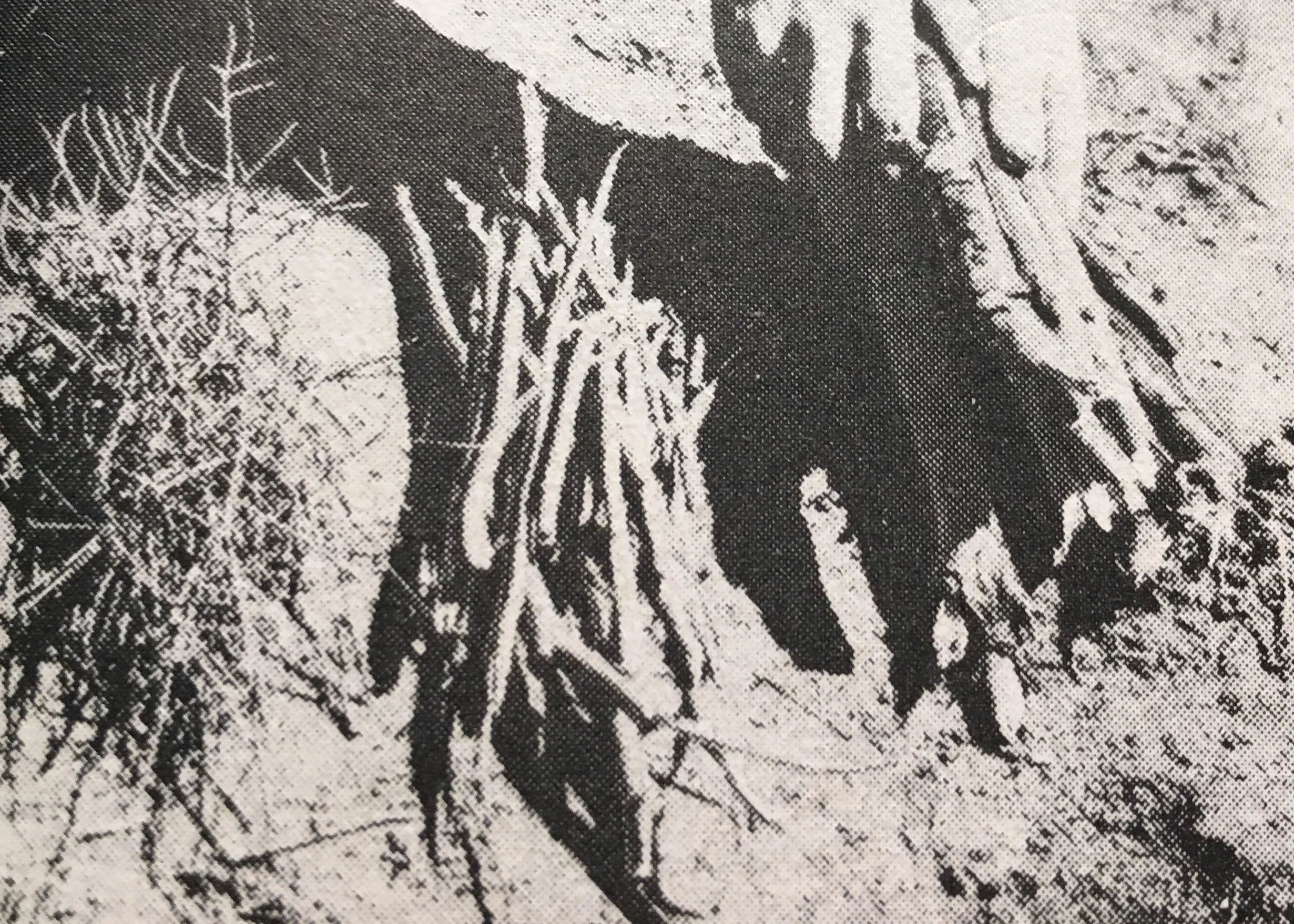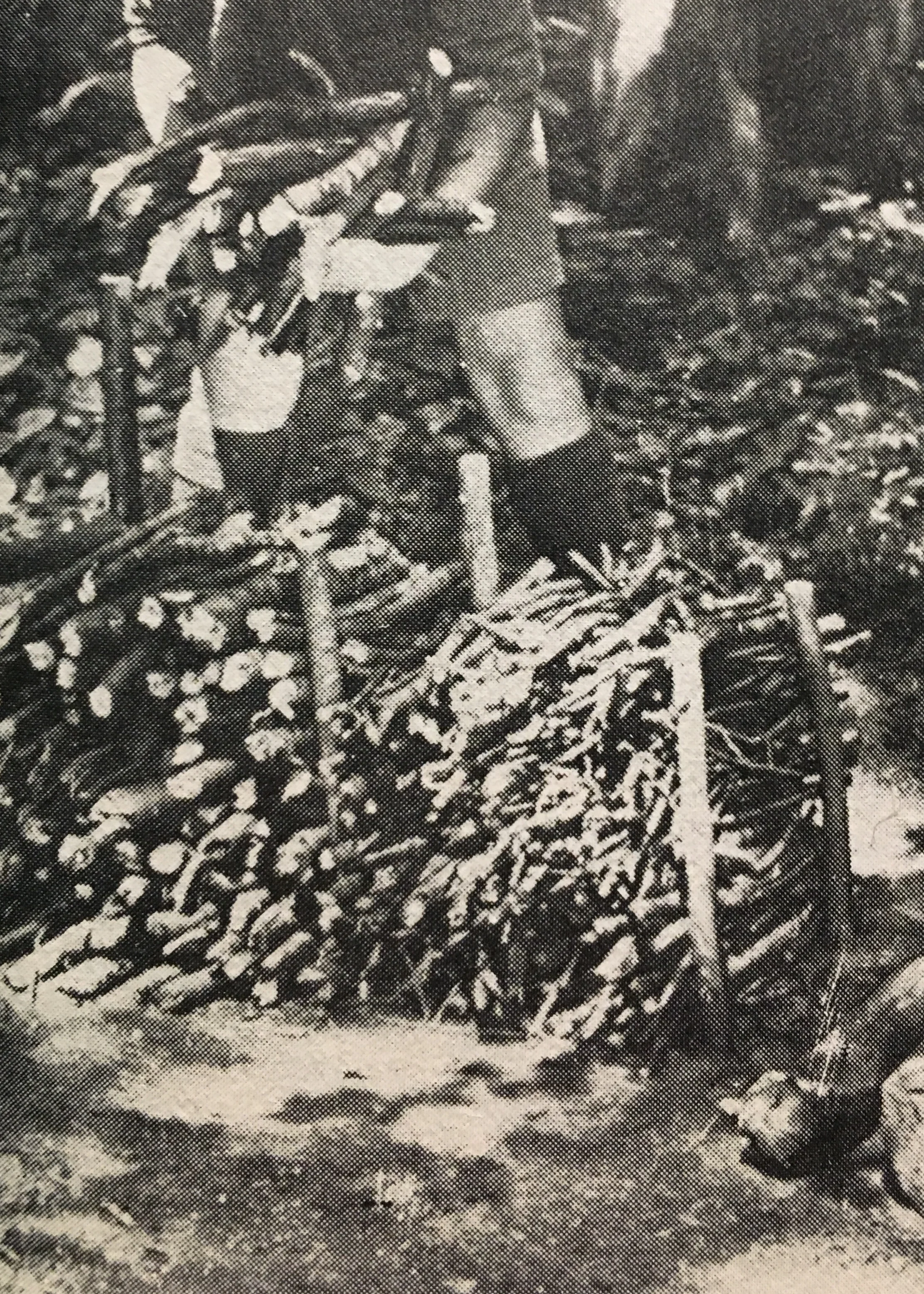Materials For Fire
Throughout the years, many items change within the different printings of the handbooks, manuals, merit badge books, and fieldbooks. One topic stays constant is the three materials you need to make fire.
Here is what the 1967 version of the Boy Scout Fieldbook has to say on the topic.
Materials For Fire
You need three kinds of materials for fire:
Tinder - some kind of flammable material that will flare up when touched with the flame from a burning match.
Kindling - thin branches or split wood that will catch the flame from the tinder and, in turn, ignite the heavier fuel.
Fuel - for doing that real job of providing heat or light. This can range from thumb-thick branches for cooking a simple meal to heavy logs for keeping a fire going throughout a long night in winter camping. The kind of tinder, kindling, and fuel you will use depends on the part of the country in which you live. By keeping your eyes open and by experimenting with native materials, you will quickly learn what to use.
Tinder. If you happen to be in a place where evergreens are the most prominent trees, look for the tiny dead twigs that seem to sprout right from the bark. The tips of the dead branches of many other kids of trees are also usable. Spice bush and sassafras make good tinder.
In birch country, you have the ideal tinder. Peel a piece of bark from a DEAD tree - never off a live one. Light it, and you will find it burns furiously, wet or dry. Many old-time campers carry a tiny roll of birchbark in their packs.
If everything else is wet, split open a fairly thick dead log, and you are pretty certain to find it fairly dry in the center. Cut the center part into small sticks and “fuzz” them up, leaving the long shavings attached to them.
Kindling. In dry weather, there are plenty of dry sticks on the ground. Dead branches still on the tree - the so-called “squaw wood” - are better. Break off a couple of handfuls of pencil-thin sticks for quick fire making.
Fuel. For fuel for preparing a simple meal, use the heavier pieces of squaw wood or dead branches from fallen trees. You can break it easily underfoot. If it only bends, it’s too green for use.
Before starting a fire, line up the material you need: tinder, kindling, fuel. Have enough of everything on hand so that you do not have to leave your fire for more after you have once started it.
When you are camping for several days on the same spot, you’ll need wood for campfires as well as for cooking fires. To keep you campsite neat and to have wood on hand, make a woodyard. Drive sticks into the ground a foot apart and place fuel neatly between them, sorted out in different sizes.
